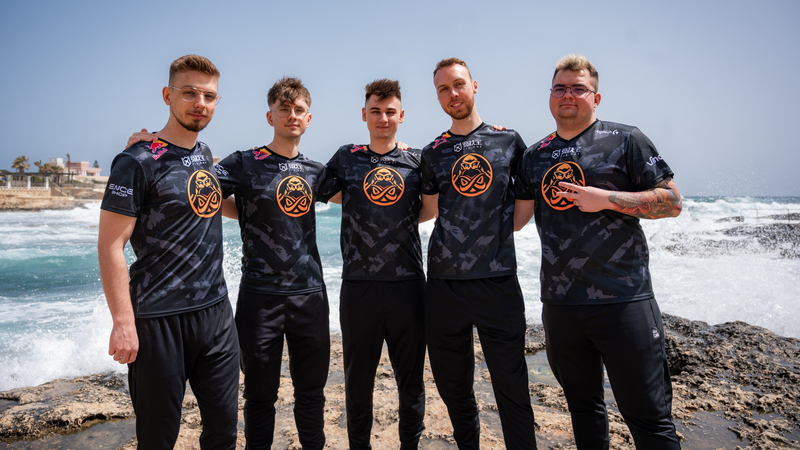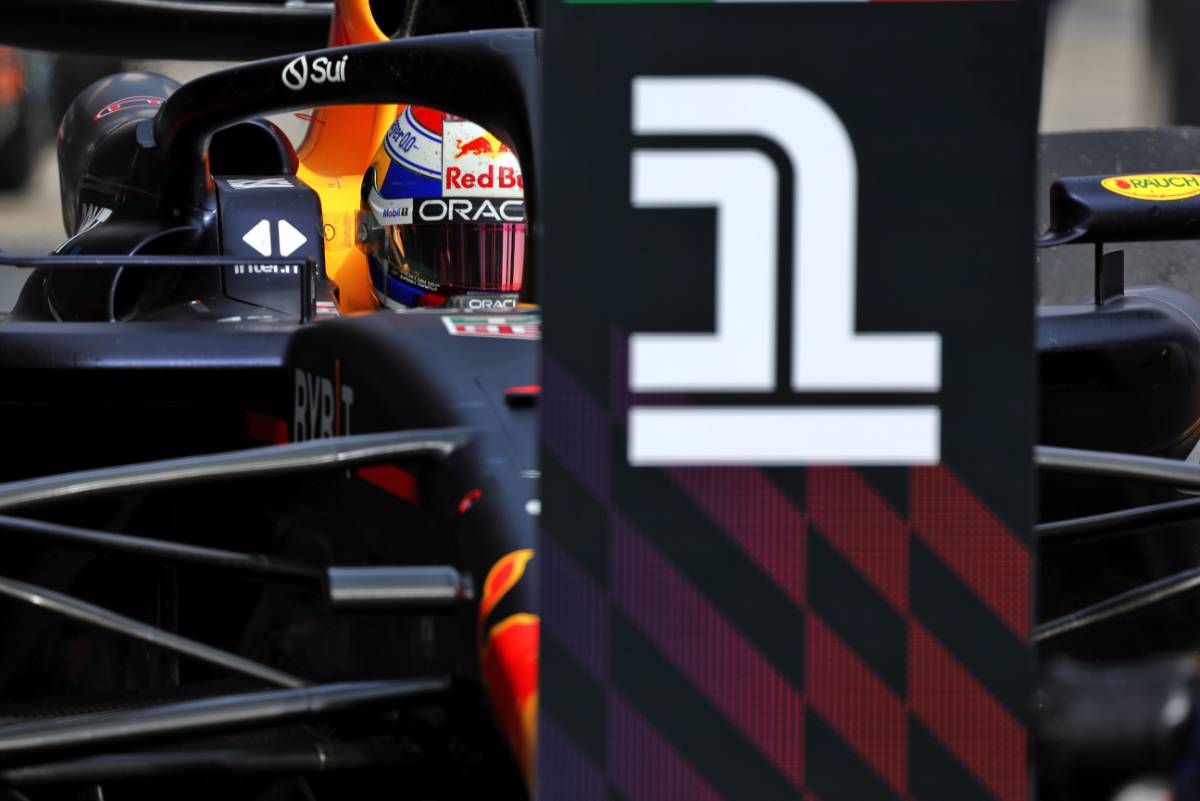
There are two that stick out. Plus, one similarity that’ll make Wilks’ transition to the 49ers a seamless one.
There are a few debates about whether Steve Wilks is the correct person for the 49ers defensive coordinator position. In Cleveland and Arizona, Wilks’ teams have struggled. So, naturally, there’s a worry that would continue in San Francisco. Fret not, that side of the ball was going to succeed regardless of who Kyle Shanahan hired.
As far as the degree of the success, we’ll have to wait and see. Until then, we can look back at last season to determine the main differences between how Wilks’ defenses looked when he took over as the interim coach and compare them to DeMeco Ryans 2022 units.
And while Wilks wasn’t the defensive coordinator, you could see his influence on Carolina’s defense down the stretch. So let’s talk through these three aspects.
Bringing the blitz?
Since Wilks took over, Carolina blitzed 33 percent of the time, which was the sixth-highest rate in the NFL. DeMeco blitzed 23 percent of the time in 2022, which was slightly below league average, coming in at 18th.
Determining the distinction between whether the Panthers blitzed more to manufacture pressure because they couldn’t get after the quarterback, to ensure their star pass rusher Brian Burns got a 1-on-1, or this is simply Wilks’ nature should be factored in.
That Nick Bosa fella makes it easy to get to the quarterback when you rush four. But Ryans used exotic looks and moved his defensive lineman around in ways few do at any level.
The theme on third downs was to line up Bosa, Samson Ebukam, and Charles Omenihu on the inside and terrorize offensive guards. Wilks is experienced enough to know, “if it ain’t broke, don’t fix it.”
Speaking of, don’t expect wholesale changes to the defensive line.
I heard Steve Wilks spent time with Kris Kocurek during his recent interview. 49ers *love* Kocurek and the Wide 9, so making sure all the pieces, personalities were compatible was a top priority.
— Matt Barrows (@mattbarrows) February 7, 2023
Keeping track of the blitz rates next year under Wilks will be worthwhile, if only to see how he adapts to his personnel.
Comfort zone
Wilks and Ryans prefer zone coverage. Carolina lined up in man coverage 23 percent of the time, which was 26th in the NFL. Ryans ran man coverage 20 percent of the time, which was 30th in the NFL. It’s worth noting that there are endless types of zone coverages you can run, and half of them have man-to-man principles.
Still, having your eyes on the quarterback, as proven this past season, leads to turnovers — especially when you’re consistently generating pressure.
Wilks won’t have to come in and re-invent the wheel from a coverage perspective, which will only make his transition more seamless for a secondary that’s likely to have a couple of changes to it.
The 49ers have been historically successful in recent seasons at taking away the middle of the field, thanks to an alien wearing No. 54. A large part of that is due to various zone coverages the Niners run and how Fred Warner excels at different tasks. That won’t change under Wilks.
San Francisco forces teams to complete challenging throws, whether that’s outside the numbers or 40 yards down the field. Under Wilks, that same philosophy applies.
Switching to single-high?
The 49ers will continue to take away routes over the middle with Wilks because he closes the middle of the field based on pre-snap alignment. Interestingly enough, the Panthers played with a single-high safety, from what I could tell, regardless of the opponents’ formation.
Generally, there would be an adjustment to a spread formation from the offense. But the Seahawks ran plenty of three wide receiver sets to one side, or 2×2 formations without Carolina rotating a second safety deep:
/cdn.vox-cdn.com/uploads/chorus_asset/file/24417635/Screenshot_2023_02_07_at_9.45.27_PM.png)
/cdn.vox-cdn.com/uploads/chorus_asset/file/24417647/Screenshot_2023_02_07_at_10.35.29_PM.png)
Wilks played with a single-high safety 53 percent of the time, compared to a 2-high rate of 39 percent. That’s a stark difference from Ryans, who used a two-high shell on 56 percent of the 49ers snaps in 2022, compared to a single-high rate of 41 percent.
This structure puts more stress on your cornerbacks. They’re on an island on the perimeter. You’re also putting more on your “post” or free safety’s plate, as he’s a lone ranger between the numbers.
Tashaun Gipson proved invaluable for the 49ers. The team signed Gipson on August 22 to fill in for the first four games as Jimmie Ward recovered from a hamstring injury. All Gipson did was start every game and finish the season with the second-most interceptions of his career.
Gipson, who will be 33 come training camp, is a free agent. Ward made it clear last week that the 49ers weren’t interested in paying him top safety money. Needless to say, safety could turn into a pressing need for the 49ers heading into free agency.
We’ll delve into some potential free agent options as the month goes along. As for Talanoa Hufanga, he’ll have a home near the line of scrimmage, where he carved a role out as a playmaker during his first full season as a starter.

















You must be logged in to post a comment Login